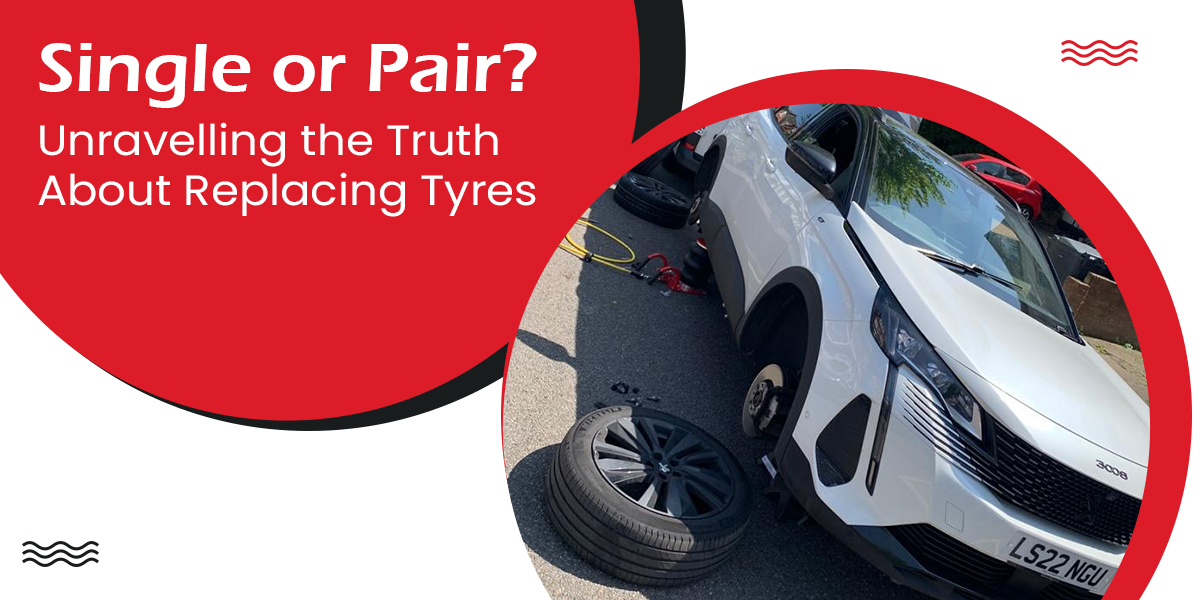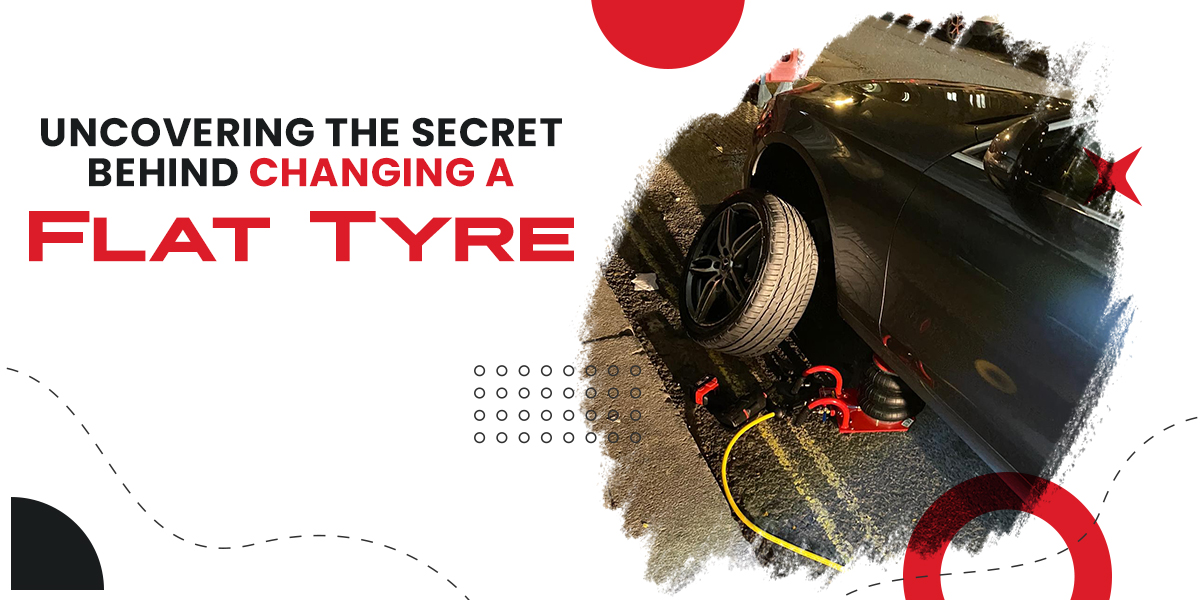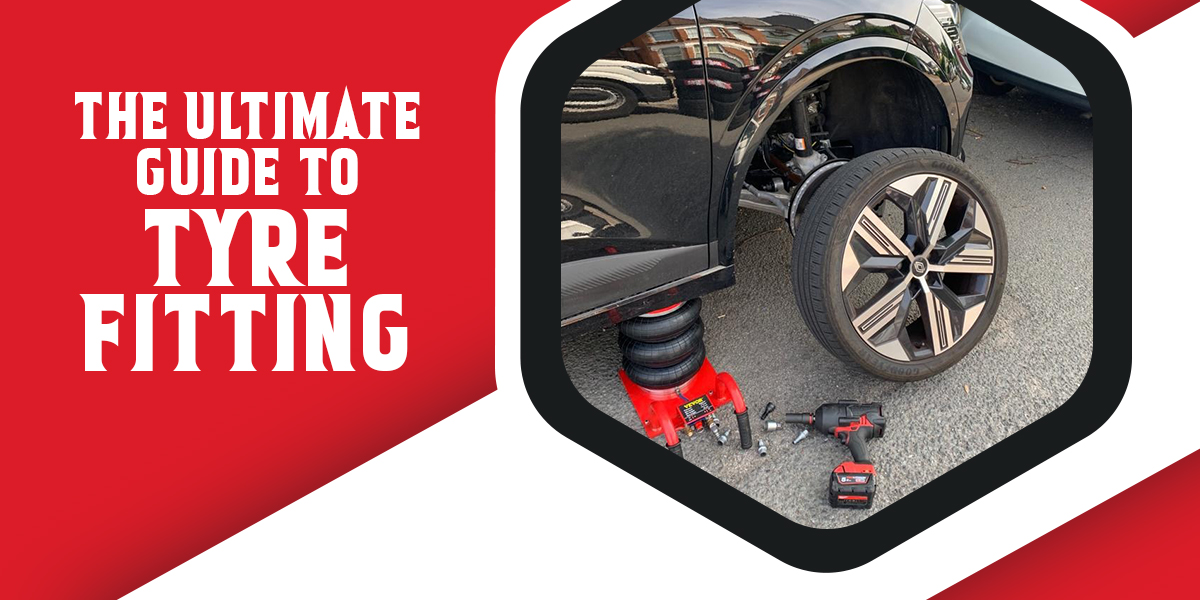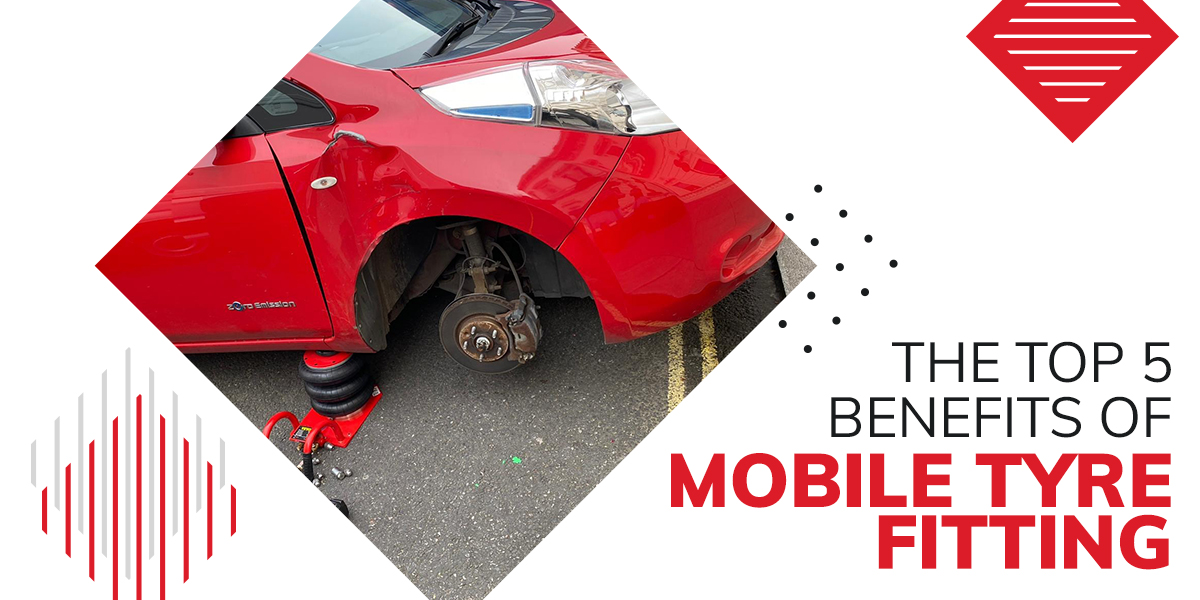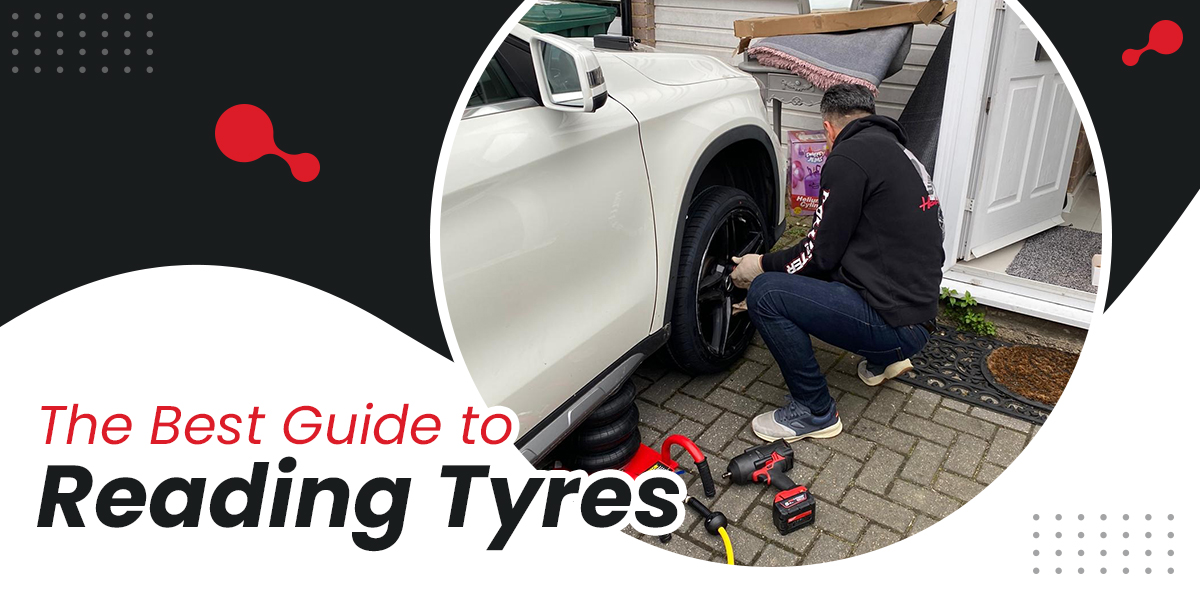When it comes to replacing tyres, there is a common misconception that they should always be replaced in pairs. However, is this practice really necessary or just another myth?
In this guide, we will dive into the world of tyre replacements. Whether you are facing an emergency tyre replacement London or seeking mobile tyre replacement London services, you should read on to make sure you take informed decisions about your tyres.
The Importance of Tyre Replacement
Before we address the idea of replacing tyres in pairs, let us emphasize the importance of how timely tyre replacement are. Tyres are a critical component of your vehicle, directly impacting safety, performance, and fuel efficiency. Worn-out or damaged tyres can compromise your ability to grip the road, especially in wet or icy conditions, increasing the risk of accidents. It is crucial to monitor tyre tread depth and overall condition regularly and replace them when necessary.
Tyre Wear Patterns
Tyre wear patterns play a significant role in determining whether replacing tyres in pairs is necessary. Uneven tyre wear can occur due to various factors, including improper wheel alignment, suspension issues, or inconsistent tyre inflation. In such cases, it is essential to address the underlying cause of the uneven wear and consider replacing the affected tyre(s) to maintain balance and handling.
Factors to Consider for Tyre Replacement
- Tread Depth: The legal minimum tread depth requirement varies by jurisdiction but is generally around 1.6mm. However, for optimal performance, replace the tyres when the tread depth reaches 3mm. Measure the tread depth regularly using a tread depth gauge to assess when replacement is necessary.
- Age and Overall Condition: Tyres degrade over time, even if they have sufficient tread depth. Rubber compounds harden and deteriorate, reducing grip and increasing the risk of blowouts. If your tyres are more than six years old, regardless of the tread depth, consider replacing them to ensure optimal safety.
- Damage and Punctures: Tyres with irreparable damage or punctures in the sidewall cannot be safely repaired and should be replaced. These damages compromise the structural integrity of the tyre, making it prone to failure.
However, below are a few considerations that you would want to keep in mind:
- Matching Tyres: Whenever possible, it’s advisable to match the new tyre with the existing tyres in terms of brand, model, and tread pattern. This helps maintain consistent performance and handling characteristics across all tyres.
- Axle Pairing: If you choose to replace only one tyre, it is generally recommended to install it on the same axle as the tyre it is replacing. This ensures balanced grip and handling characteristics between the two tyres on that axle.
- Consider the Remaining Tyres: If your other tyres are nearing the end of their lifespan, it may be more practical to replace multiple tyres simultaneously. This helps ensure even wear and balanced performance.
Should You Change all four tyres at once?
While it is not necessary to change all four tyres at once in every situation, there are certain circumstances when replacing all four tyres simultaneously is recommended for optimal safety and performance. Consider the following scenarios:
- Uneven Wear: If your tyres show significant uneven wear patterns, such as excessive wear on the inner or outer edges, it indicates potential alignment or suspension issues. In such cases, replacing all four tyres ensures balanced wear and handling characteristics.
- Age and Mileage: Tyres have a limited lifespan, even with proper maintenance. As they age, the rubber compounds deteriorate, reducing their grip and performance. If your tyres are approaching the manufacturer’s recommended age limit (usually around six years) or have covered a high mileage, replace all four tyres to maintain consistent performance and safety.
- Safety and Performance: Tyres play a vital role in your vehicle’s overall safety and performance. If you have a mismatched set of tyres, with different brands, models, or tread patterns, it can result in inconsistent handling, traction, and braking capabilities. In such cases, replacing all four tyres with a matched set ensures uniformity and optimal performance.
However, consult with a tyre professional. They can assess the condition of your tyres, provide expert advice, and guide you on whether replacing all four tyres is necessary based on your circumstances.
To Sum It Up
When it comes to tyre replacement, the idea that tyres must always be replaced in pairs is a myth. Tyres should be replaced based on their individual condition, considering factors such as tread depth, age, and damage. While it is preferable to match tyres and maintain a balanced performance, it is not mandatory.
Seek professional advice from a mobile tyre replacement service or a qualified tyre specialist to assess your specific situation and make the most informed decision.
At 24-hour mobile tyre fitting London we can be there during unexpected tyre emergencies. With our round-the-clock availability, we provide immediate assistance and convenience when you need it the most. Whether you experience a flat tyre late at night or during the early hours, our professional technicians will come to your location and swiftly replace your tyre. This means you can get back on the road in no time and with minimal disruption.
Why wait? Consider reaching out to us the next time you are in a tyre emergency. Safe Driving!

